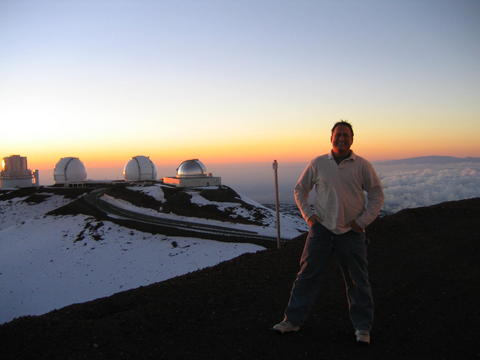Jeff Cooke |
||||||||
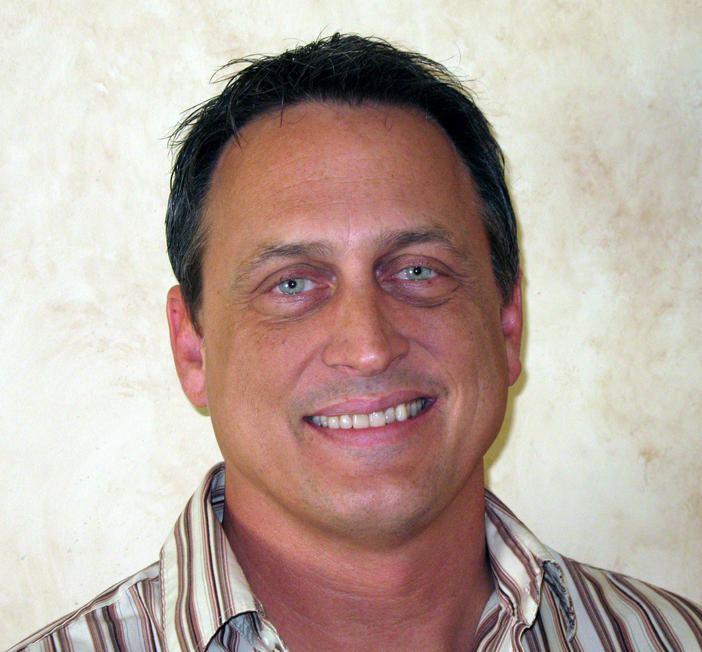 |
Office: AR 315 Calendar |
|
|
|||||
|
Work |
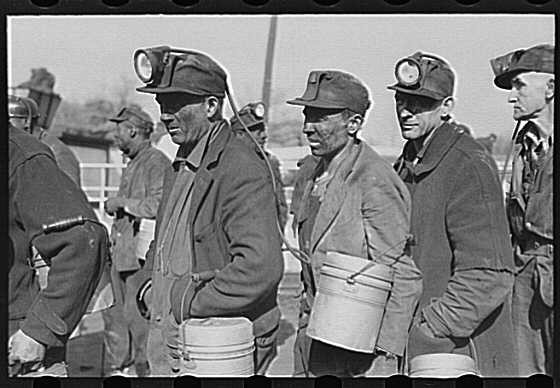 |
|||||||
 |
Astronomy 110 |
|||||||
| Physics 20A |
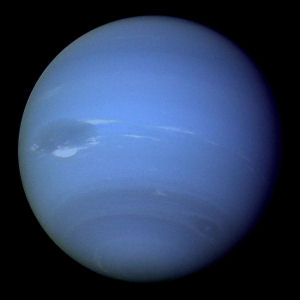 |
|||||||
 |
Physics 7D | |||||||
|
Curriculum Vitae |
 |
|||||||
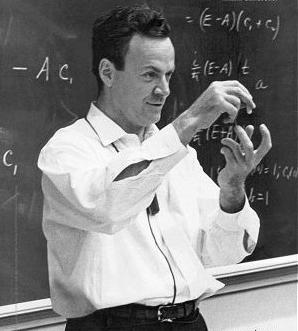 |
Astro Grad Seminar | |||||||
|
Centre for Astrophysics & Supercomputing Swinburne |
 |
|||||||
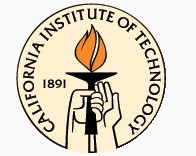 |
Caltech Astronomy Department | |||||||
|
Center for Cosmology UC Irvine |
 |
|||||||
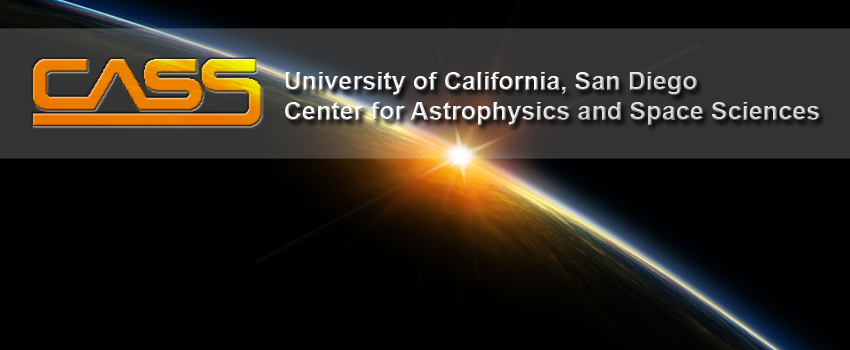 |
Center for Astrophysics and Space Sciences UC San Diego |
|||||||
| W. M. Keck Observatory |
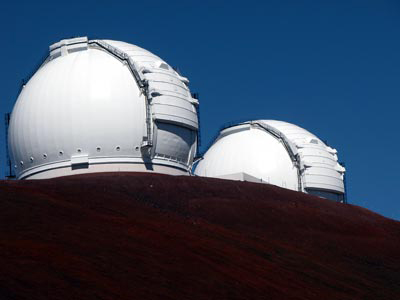 |
|||||||
 |
Palomar Observatory | |||||||
